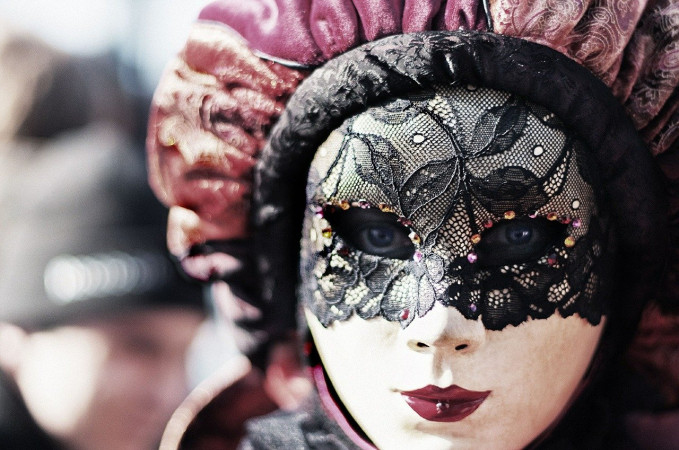1 Top Serbia Tour Packages
About Serbia
Serbia Travel Guide
Serbia, located in Southeast Europe, is a country known for its rich history, diverse geography, and vibrant culture. As a crossroads between Eastern and Western civilizations, Serbia boasts a fascinating mix of influences that have shaped its identity. From ancient Roman ruins to medieval monasteries and Ottoman architecture, Serbia's historical significance is evident throughout the country. With stunning landscapes that range from rolling hills to the mighty Danube River, Serbia offers a picturesque setting for travelers to explore. The country is also famous for its warm hospitality, delicious cuisine, and lively music scene.Top Attractions in Serbia
1. Belgrade Fortress 2. Studenica Monastery 3. Novi Sad's Petrovaradin Fortress 4. Djerdap National Park 5. Sirogojno Open-Air Museum 6. Devil's Town 7. Subotica 8. Tara National ParkSerbia is Famous for
Its vibrant nightlife and cultural heritage.Top Attractions in Serbia
- Belgrade Fortress - Studenica Monastery - Novi Sad's Petrovaradin Fortress - Djerdap National Park - Sirogojno Open-Air Museum - Devil's Town - Subotica - Tara National ParkWhat's Great about Travelling to Serbia?
- Rich history and cultural experiences - Scenic landscapes and outdoor activities - Vibrant nightlife and music scene - Warm and welcoming localsWhat's Not So Great about Travelling to Serbia?
- Limited English spoken in rural areas - Smoking is common in public places - Some areas may lack tourist infrastructureTravel Tips for Serbia
- Check visa requirements before traveling - Use reputable transportation options - Be cautious of pickpockets in crowded areas - Respect local customs and traditionsImportant Serbia trip information
- Ideal Duration: A week to 10 days is ideal to explore the main highlights of Serbia.
- Best Time to Visit: The spring and fall months offer pleasant weather for sightseeing.
- Nearby Airports and Railway Stations: Belgrade Nikola Tesla Airport and Belgrade Central Railway Station are major transportation hubs.
ReadMore
| Packages | Price | Duration | Destinations | Quotes |
|---|---|---|---|---|
| 15N/16D Balkan Tour Package | ₹ (INR) 139906 | 15 Nights / 16 Days | Balkan, Bulgaria, Dubrovnik, Romania, Serbia, Venice | Get Quotes > |
Tripclap connects you with top travel agents
Compare Custom Quotes and get the best package deal
- Trusted Network Of 8000+ Agents.
- Book everything together, including stay & transport.
- Compare agent profiles & verified reviews
How It Works?
Compare Custom Quotes from Top Travel Agents.
- Tell us about your trip.
- Get Custom quotes from top agents.
- Choose the package you like
Price Per Person ₹ (INR) 1,39,906
FAQ's on Serbia
1. Q1: What is the best time to visit Serbia?
The best time to visit Serbia is during the spring and fall seasons, from April to June and September to October. During these times, the weather is pleasant, and you can enjoy outdoor activities and cultural events without the peak tourist crowds. Summer months (July and August) are also popular for festivals and outdoor adventures, but it can be quite hot. Winter (December to February) is ideal for skiing and winter sports enthusiasts.
2. Q2: Do I need a visa to travel to Serbia?
Most visitors to Serbia do not need a visa for stays up to 90 days within a 180-day period. This applies to citizens of the EU, the US, Canada, Australia, and many other countries. However, it's essential to check the visa requirements based on your nationality before traveling to Serbia to avoid any issues at the border.
3. Q3: What are the must-visit attractions in Serbia?
Serbia offers a mix of historical, cultural, and natural attractions. Some of the must-visit places include Belgrade's Kalemegdan Fortress, Novi Sad's Petrovaradin Fortress, the picturesque town of Niš, the stunning Đavolja Varoš rock formations, and the beautiful Tara National Park for outdoor enthusiasts.
4. Q4: Is Serbia a safe place to travel?
Serbia is generally a safe destination for travelers. However, like any other country, it's essential to take standard precautions. Avoid isolated areas at night, be cautious of pickpocketing in crowded places, and respect local customs and traditions. Stay informed about the current situation and follow any travel advisories.
5. Q5: What is the local currency in Serbia and can I use credit cards?
The official currency of Serbia is the Serbian Dinar (RSD). While credit cards are widely accepted in major cities and tourist areas, it's advisable to carry some cash for smaller establishments and local markets. ATMs are also readily available in urban centers.
6. Q6: What is the local cuisine like in Serbia?
Serbian cuisine is hearty and flavorful, with influences from Turkish, Hungarian, and Mediterranean cuisines. Must-try dishes include ćevapi (grilled minced meat), sarma (stuffed cabbage rolls), ajvar (red pepper relish), and rakija (fruit brandy). Vegetarians will also find plenty of options like prebranac (baked beans) and karađorđeva šnicla (stuffed veal or pork).
7. Q7: What transportation options are available in Serbia?
Serbia has a well-connected transportation network, including buses, trains, and taxis. In major cities like Belgrade, public transport is efficient and affordable. Renting a car is also a good option for exploring the countryside and remote areas. Taxis are widely available, but make sure to use licensed ones.
8. Q8: Are there any cultural norms or etiquette I should be aware of when visiting Serbia?
When visiting Serbia, it's important to greet people with a handshake, especially when meeting them for the first time. Respect for elders is highly valued, so address them with . When visiting religious sites, dress modestly and remove your shoes if required. It's customary to bring a small gift when invited to someone's home, like flowers or chocolates. Avoid sensitive topics like politics and the Yugoslav Wars in conversations.
